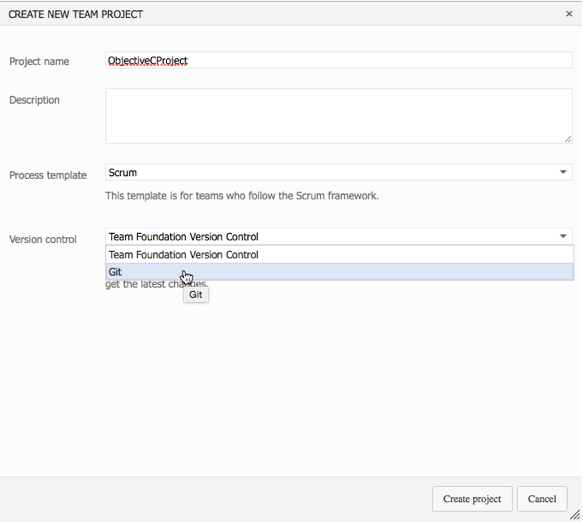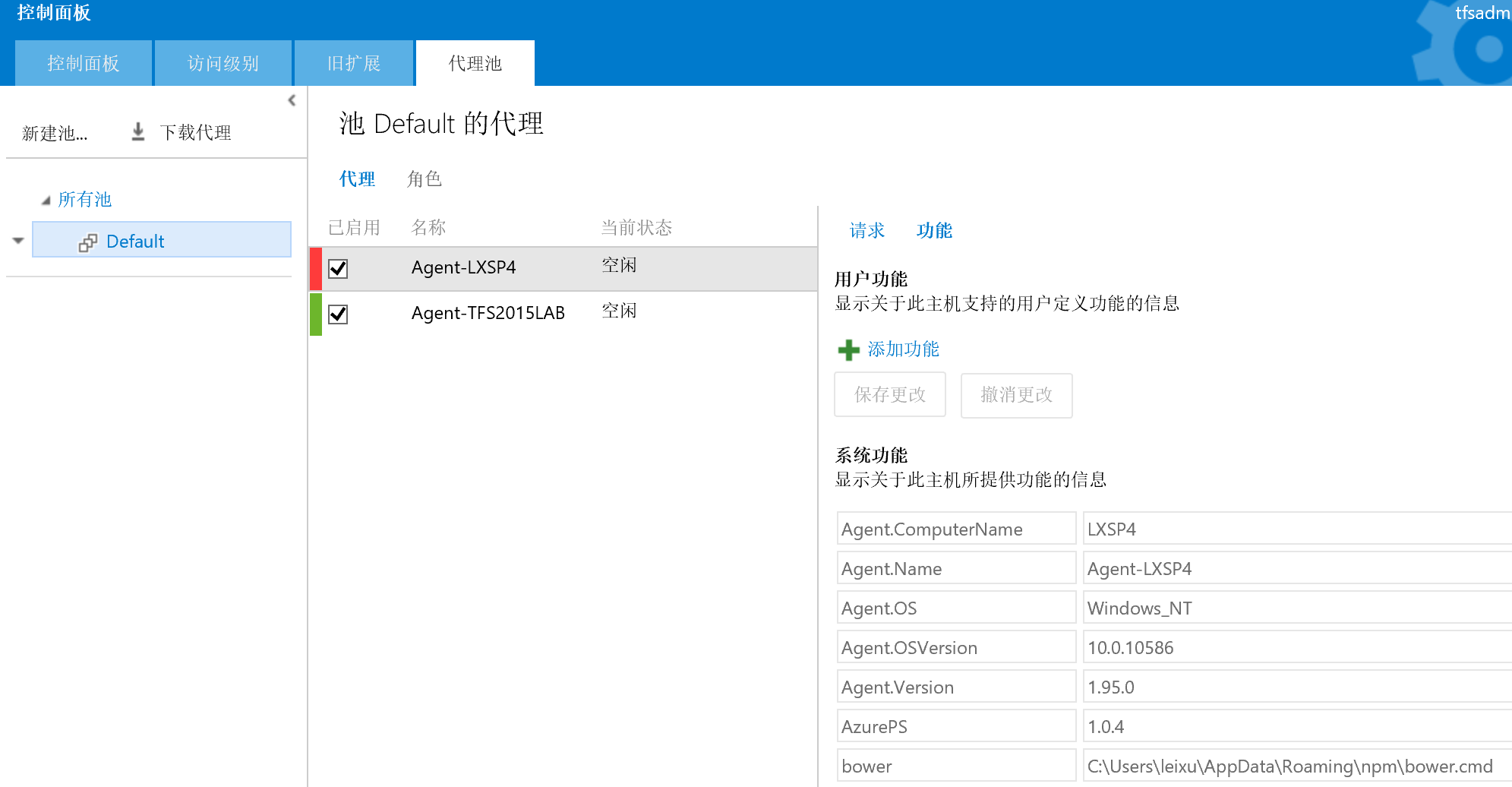

#Tfs command line for mac install#

Manually process the data warehouse and cube.Review team activities to support useful reports.Grant permissions to view or create reports.Manage reports, data warehouse, and cube.Set up HTTPS with Secure Sockets Layer (SSL) for Team Foundation Server.Add SharePoint products to your deployment.Move TFS to a new domain ( environment move).

Change the SQL Server Reporting Service service account or password.Change the TFS service account or password.Start or stop services, app pools, and websites.Support rollup of work and other fields.Add accounts to administer project collections.Set up groups for use in TFS deployments.The exceptions are noted in the specific topics for those commands. You can use the global options that are listed in the following table with most TFSConfig commands. Internet Information Services (IIS) on the application-tier server or servers.Īny server that is running Team Foundation Build and is used by this deployment.Īny server that is running Visual Studio Lab Management and is used by this deployment. The Active Directory domain controller, if Team Foundation Server is deployed in a domain. The instance or instances of SQL Server that host any databases that this deployment of TFS uses, such as the configuration database and databases for team project collections.Īny SharePoint Web applications that this deployment of TFS uses.Īny instance of SQL Server Reporting Services that this deployment of TFS uses. To operate correctly, TFSConfig must be able to connect to the following servers and services: Even if you log on with administrative credentials, you must open an elevated Command Prompt window to run TFSConfig.


 0 kommentar(er)
0 kommentar(er)
